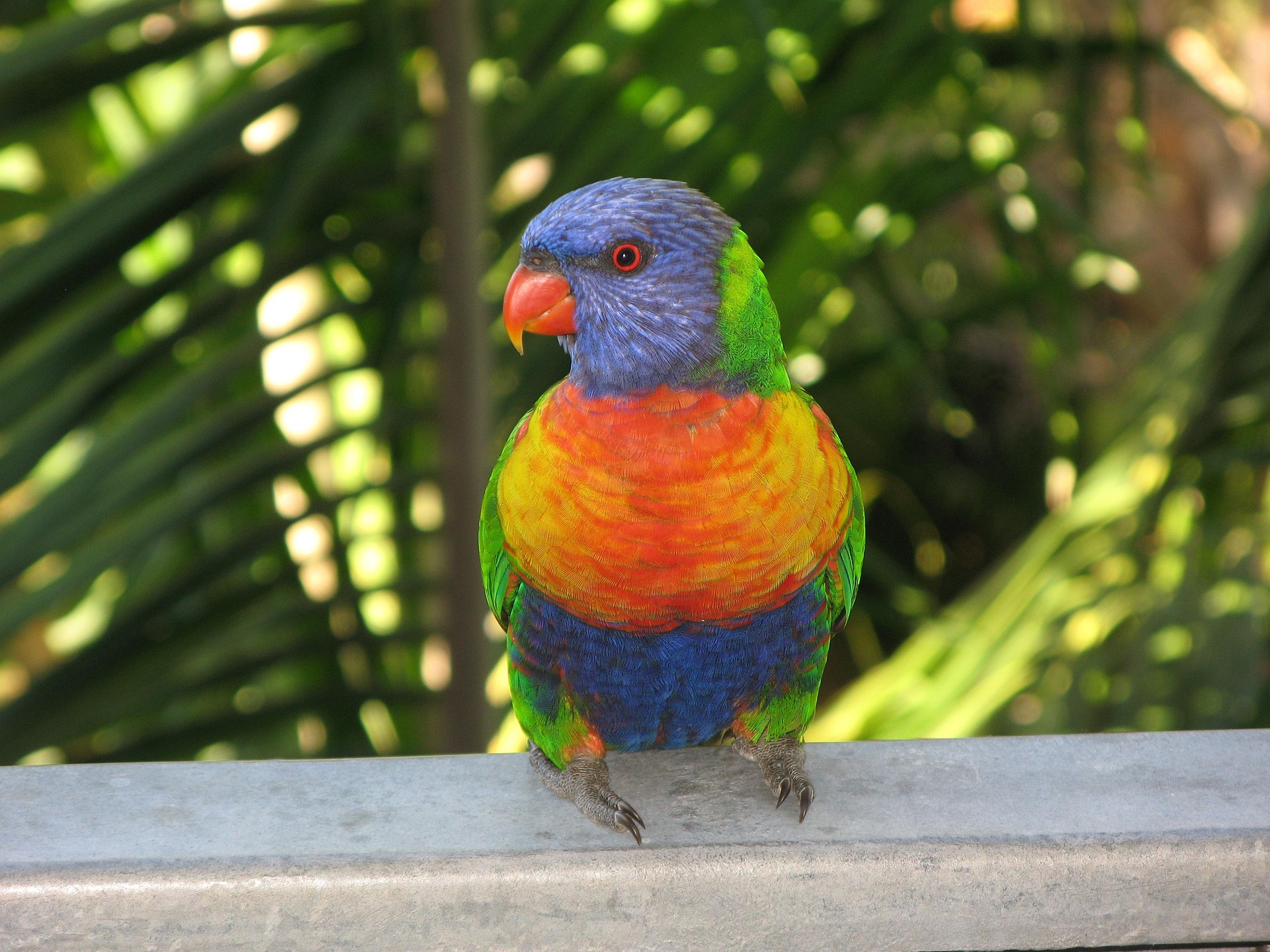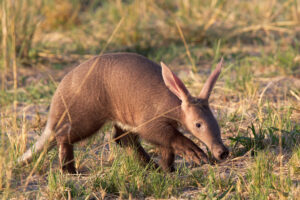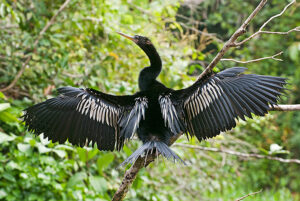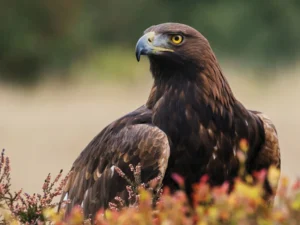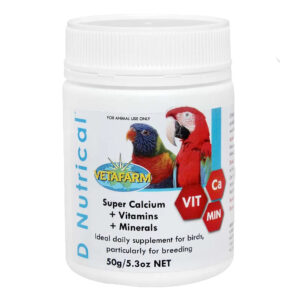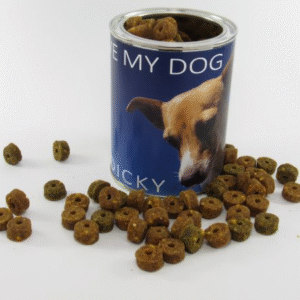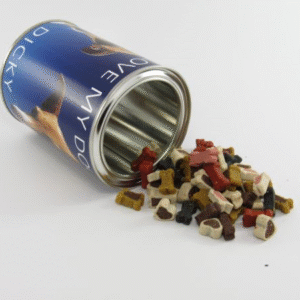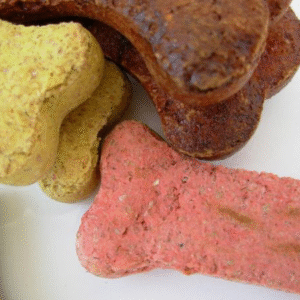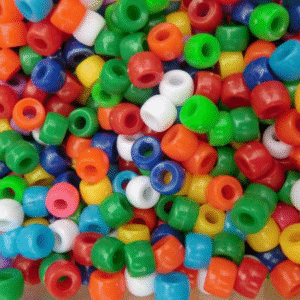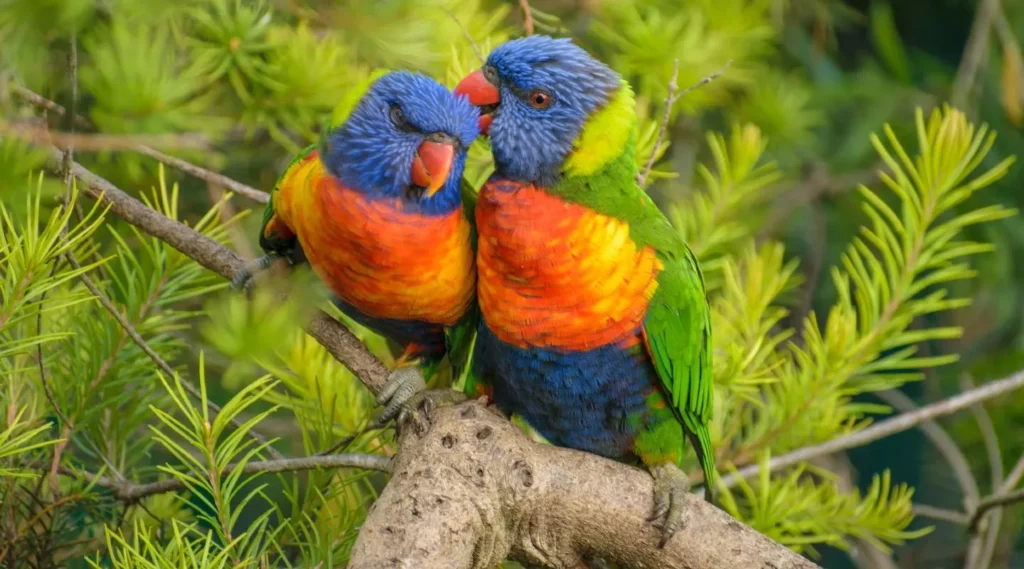
Rainbow Lorikeets are stunning, playful, and highly social birds that make wonderful pets for bird lovers who are willing to provide them with the right environment, attention, and care. These lively parrots have unique dietary needs and thrive on interaction and stimulation, making them a rewarding, yet challenging, companion. If you’re considering keeping a Rainbow Lorikeet as a pet or already have one, here are some essential care tips to ensure your bird is healthy, happy, and well-adjusted.
Proper Housing and Environment
Rainbow Lorikeets are active, energetic birds, so they need ample space to move around. A large cage is a must, especially for a pet parrot that will spend a lot of time indoors.
Cage Size: Choose a spacious cage (at least 24 inches wide, 24 inches deep, and 36 inches tall) with horizontal bars so your Lorikeet can climb and explore. The cage should
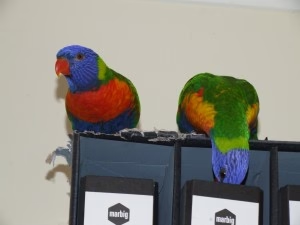
also be equipped with a variety of perches at different heights and textures, as this will help keep your bird’s feet healthy and provide mental stimulation.
Outdoor Time: Rainbow Lorikeets are happiest when they have the opportunity to fly, so if possible, provide supervised out-of-cage time each day. A safe, enclosed outdoor aviary or bird-safe room will give them plenty of exercise, space to spread their wings, and plenty of opportunities to explore.
Toys and Enrichment: Lorikeets are playful and curious by nature, so provide a variety of toys like foraging toys, swings, bells, and mirrors to keep them entertained. These toys stimulate their minds and help prevent boredom, which can lead to behavioral issues.
Diet: Special Nutrition for Lorikeets
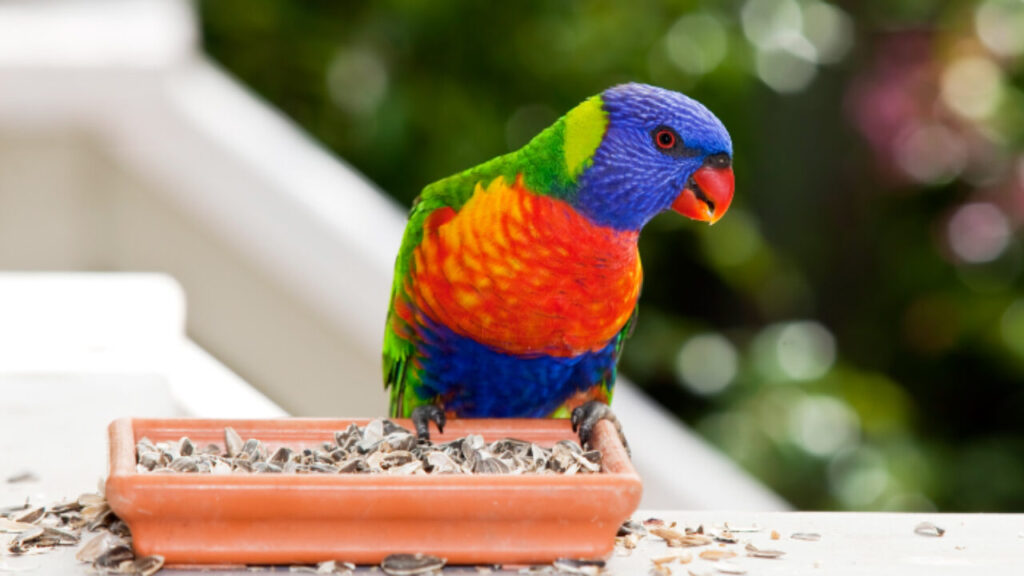
Rainbow Lorikeets have a specialized diet compared to other parrots. Unlike most parrots that eat seeds, Lorikeets primarily feed on nectar, fruits, and soft foods.
The foundation of your Lorikeet’s diet should be a high-quality commercial nectar mix designed specifically for lorikeets. This is available in pet stores and online and will provide essential vitamins and minerals that your bird needs. You can offer nectar in a shallow dish or bottle feeder.
Fresh fruits are an essential part of a Rainbow Lorikeet’s diet. Offer a variety of fruits like apples, berries, grapes, kiwi, and melons. Avoid citrus fruits like oranges and lemons, as they can be too acidic for your bird.
Include fresh vegetables in their diet as well, such as leafy greens (kale, spinach), carrots, and sweet potatoes. These provide valuable nutrients and variety.
Unlike other parrots, Rainbow Lorikeets don’t do well on a diet of seeds, which lack the necessary nutrients they need. Seeds can also cause obesity and other health issues.
Always provide fresh, clean water daily. Rainbow Lorikeets need hydration to help digest the nectar and fruits they eat.
Social Interaction and Attention
Rainbow Lorikeets are extremely social birds that thrive on interaction with their human caretakers. These parrots are not ideal for people who are away from home for long periods, as they can become lonely and bored.
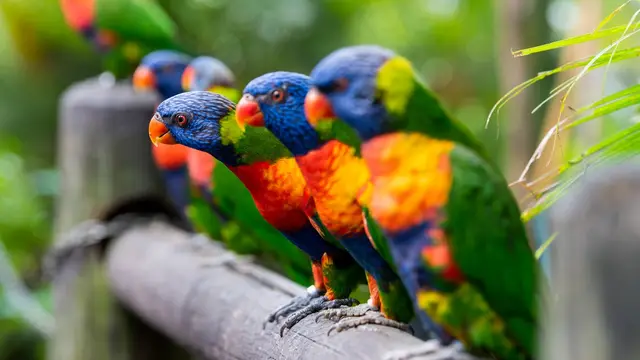
Spend plenty of time with your Lorikeet each day. They love to interact, play, and be the center of attention. Talking to them, offering affection, and engaging in fun activities will help build a strong bond with your bird.
If you cannot provide constant interaction, consider adopting a second Lorikeet as a companion. However, be aware that Lorikeets can be territorial, so proper introductions should be made to ensure they get along.
Lorikeets are intelligent and can be trained to perform simple tricks or mimic sounds. Positive reinforcement training, using treats and praise, can be a great way to engage with your bird and help keep their minds active.
Hygiene and Cleaning
A clean environment is essential for the health of your Rainbow Lorikeet.
Clean the cage regularly by removing old food, droppings, and dirty bedding. Wash the perches and toys once a week to keep your bird’s home fresh and hygienic. This also helps prevent the buildup of harmful bacteria or mold.
Rainbow Lorikeets love water and will often bathe themselves in water bowls, misting bottles, or even under a shower. Providing regular baths helps keep their feathers clean and healthy. You can offer a shallow dish of water for them to splash around in or gently mist them with water.
Clean your bird’s food and water bowls daily to ensure they are free of contaminants. Lorikeets’ diet of nectar and fruit can easily spoil, so maintaining clean bowls is essential for their health.
Health and Veterinary Care
Keeping your Rainbow Lorikeet in good health requires regular check-ups and a watchful eye for any signs of illness.
Signs of Illness: Common signs of illness in Rainbow Lorikeets include changes in behavior, loss of appetite, lethargy, ruffled feathers, and abnormal droppings. If you notice any of these symptoms, contact an avian veterinarian immediately.
Regular Vet Visits: Schedule regular health check-ups with an avian vet who specializes in parrots. They can monitor your bird’s health, perform routine tests, and advise you on proper care.
Beak and Feather Care: Rainbow Lorikeets’ beaks and feathers should be in good condition. Their beaks should be smooth, and their feathers should be well-maintained. If you notice damage or uneven growth, consult your veterinari.
Considerations for Rainbow Lorikeets as Pets
Before bringing a Rainbow Lorikeet into your home, there are a few things to consider:
Lifespan: Rainbow Lorikeets can live for 15-20 years or longer with proper care, so be prepared for a long-term commitment.
Noise Level: Lorikeets are noisy birds, and their calls can be loud and high-pitched. Consider whether your living situation can accommodate their vocal nature.
Messiness: Their diet of nectar and fruit can get messy, so be prepared for extra cleaning, especially around their feeding area.
Conclusion
Rainbow Lorikeets are stunning, energetic, and affectionate birds that make great pets for the right owner. They require a bit more attention and care than some other types of parrots, particularly when it comes to their specialized diet and social needs. However, with the right environment, enrichment, and care, these vibrant parrots can thrive and bring joy to your home for many years.

